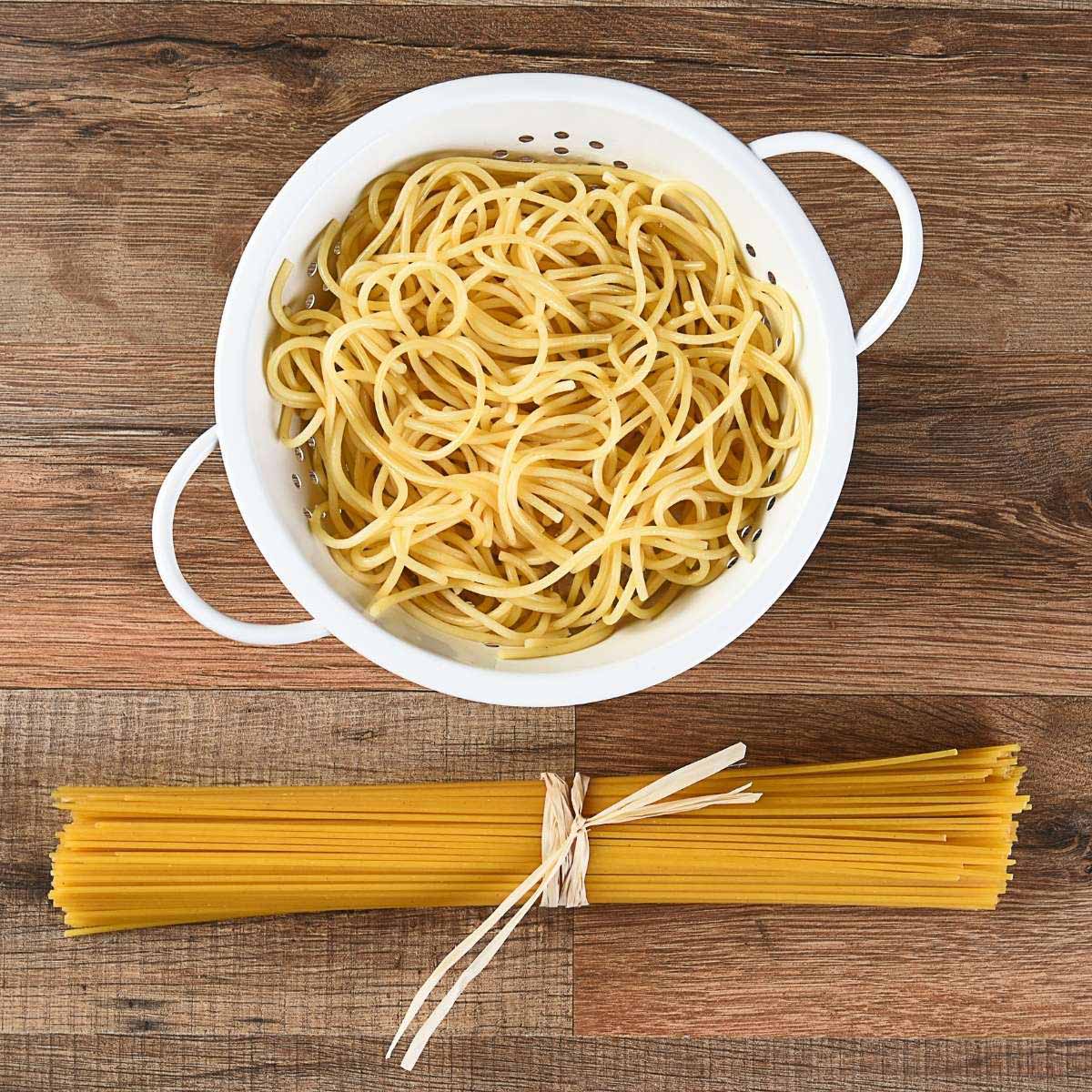

Articles
How To Store Spaghetti Noodles
Modified: August 20, 2024
Learn the best way to store spaghetti noodles in this informative article. Keep your pasta fresh and prevent it from becoming stale with these helpful tips.
(Many of the links in this article redirect to a specific reviewed product. Your purchase of these products through affiliate links helps to generate commission for Storables.com, at no extra cost. Learn more)
Introduction
Welcome to our comprehensive guide on how to properly store and preserve spaghetti noodles. Whether you’re planning to cook a big batch of spaghetti for a crowd or simply looking to save leftovers for later, knowing how to store spaghetti noodles correctly is essential. By following a few simple steps, you can ensure that your spaghetti noodles remain fresh, flavorful, and ready to enjoy at a moment’s notice.
Spaghetti is a popular pasta dish loved by people of all ages and backgrounds. Its versatility allows for countless variations, from classic marinara sauce to creamy carbonara or even spicy arrabbiata. But what happens when you find yourself with more spaghetti noodles than you can consume in one sitting?
Improper storage can lead to soggy, clumped-together noodles that lose their texture and taste. To avoid this unfortunate outcome, we’re here to guide you through the process of storing spaghetti noodles correctly. From choosing the right container to reheating and serving, we’ve got you covered.
Whether you’re dealing with cooked or uncooked spaghetti noodles, these storage tips will help you keep them fresh for longer periods. So, let’s delve into the world of spaghetti noodle storage and turn those leftover noodles into tasty meals, even days after cooking!
Key Takeaways:
- Properly storing spaghetti noodles involves choosing the right container, cooking them al dente, and cooling and drying them before refrigerating or freezing. Label and date containers for easy tracking.
- To maintain the best texture and flavor, reheat stored spaghetti noodles on the stove or in the microwave, and add sauce or toppings after reheating. Use within recommended timeframes for optimal freshness.
Read more: How To Store Pool Noodles
Choosing the Right Container for Storing Spaghetti Noodles
When it comes to storing spaghetti noodles, choosing the right container is crucial to maintain their freshness and prevent them from absorbing odors or moisture from the surrounding environment. Here are a few options to consider:
- Airtight Plastic Containers: These containers are a popular choice for storing spaghetti noodles. Ensure that the container is completely airtight to prevent air and moisture from entering. Clear plastic containers are ideal, as they allow you to see the contents without having to open the container.
- Ziplock Bags: Another convenient option for storing spaghetti noodles is using resealable plastic bags. Place the noodles inside the bag and remove as much air as possible before sealing it. Make sure the bag is of good quality to prevent any leaks.
- Glass Jars or Containers: If you prefer to use glass containers, opt for ones that have airtight lids. Glass jars or containers not only keep the noodles fresh but also offer a visually appealing storage solution.
Regardless of the container you choose, it is crucial to ensure that it is clean and free from any contaminants. Wash and dry the container thoroughly before adding the spaghetti noodles; this will help prevent any unwanted flavors or odors from transferring to the noodles.
It’s also important to consider the size of the container. Use a container that is appropriate for the quantity of spaghetti noodles you plan to store. Leaving too much empty space in the container can expose the noodles to air, causing them to dry out quickly.
Lastly, don’t forget to label the container with the date of storage. This will help you keep track of how long the noodles have been stored and ensure you use them within a reasonable time frame.
Properly Cooking Spaghetti Noodles for Storage
To ensure the best results when storing spaghetti noodles, it’s important to cook them properly in the first place. Follow these steps to cook spaghetti noodles that will retain their texture and flavor when stored:
- Choose the Right Pot: Use a large pot with enough room for the noodles to move freely while cooking. This helps prevent them from clumping together.
- Use Ample Water: Fill the pot with plenty of water. A general rule of thumb is to use one liter of water for every 100 grams of pasta. The noodles need enough water to cook evenly and avoid sticking.
- Add Salt: Add salt to the boiling water. This not only enhances the flavor of the noodles but also gives them a seasoned taste even after storage.
- Don’t Overcook: Follow the recommended cooking time on the packaging as a general guideline. Start checking for doneness a minute or two before the suggested time to prevent overcooking. Al dente noodles, with a slight bite to them, are ideal for storage.
- Stir Occasionally: While the noodles cook, stir them occasionally to prevent them from sticking to the bottom of the pot or to each other.
- Taste for Readiness: Test a strand of spaghetti for doneness before removing from the heat. It should be cooked but still slightly firm to the bite.
Once the noodles are cooked to perfection, it’s essential to stop the cooking process and prevent them from becoming mushy. Drain the cooked noodles immediately and rinse them under cold water to remove excess starch. This helps cool them down and stops the cooking process.
Remember not to over-rinse the noodles to prevent them from becoming too cold. A quick rinse is sufficient to remove the starch and cool them down to a suitable temperature for storage.
By following these steps, you’ll have perfectly cooked spaghetti noodles that are ready to be stored and enjoyed later.
Cooling and Drying Spaghetti Noodles
After cooking your spaghetti noodles, it’s crucial to cool and dry them properly before storing to prevent them from sticking together and becoming soggy. Here’s how to cool and dry spaghetti noodles effectively:
- Cooling: Transfer the cooked noodles to a large colander or strainer. Rinse them under cold water to remove any residual heat and stop the cooking process. Gently toss the noodles with your hands or a fork to ensure that each strand is cooled evenly. This step helps prevent overcooking and keeps the noodles firm.
- Draining: Shake the colander or strainer gently to remove excess water. Ensure that the noodles aren’t dripping wet before proceeding to the next step.
- Drying: Spread the cooled and drained spaghetti noodles in a single layer on a clean baking sheet or a large flat surface. It’s essential to give the noodles enough space to dry completely. Let them air dry for at least 15-30 minutes or until they no longer feel damp to the touch.
Avoid drying the noodles under direct sunlight or in a humid environment, as excessive moisture can cause them to become sticky. It’s best to find a cool and dry spot in your kitchen or a well-ventilated area to allow for proper drying.
If you’re in a hurry or don’t have enough time to air-dry the noodles, you can use a fan or low heat setting on a hairdryer to speed up the process. However, only use this method if necessary, as air-drying naturally yields better results.
By ensuring that your spaghetti noodles are properly cooled and dried, you’ll prevent them from clumping together during storage and maintain their desirable texture and consistency.
Storing Cooked Spaghetti Noodles in the Refrigerator
If you’re looking to store cooked spaghetti noodles in the refrigerator for a short period, follow these steps to keep them fresh and ready to use:
- Cool and Dry: Before storing, ensure that your cooked spaghetti noodles have cooled and dried properly, as mentioned in the previous section. This will prevent them from becoming clumpy or soggy in the refrigerator.
- Portion the Noodles: Divide the cooked noodles into individual portions according to your needs. This will make it easier to retrieve and use only the desired amount without having to thaw the entire batch if needed.
- Place in Containers or Bags: Transfer the portions of noodles to airtight plastic containers or resealable plastic bags. Ensure that they are sealed tightly to prevent air and moisture from entering.
- Label and Date: Label each container or bag with the date of storage. This will help you keep track of how long the noodles have been in the refrigerator and ensure you use them within a reasonable time frame.
- Refrigerate: Place the containers or bags of cooked spaghetti noodles in the refrigerator. The noodles can be stored in the fridge for up to 3-4 days. However, it’s best to use them within 1-2 days for optimal freshness and taste.
When you’re ready to use the stored spaghetti noodles, simply remove the desired portion from the refrigerator. If the noodles feel slightly dry, you can add a drizzle of olive oil or a splash of warm water to rehydrate them before reheating.
It’s important to note that reheated spaghetti noodles may not have the same texture as freshly cooked ones. They might become slightly softer after being in the refrigerator. However, their flavor can still be delicious, and they can be used in various dishes such as stir-fries, casseroles, and pasta salads.
Remember to always use proper food safety practices and discard any spaghetti noodles that show signs of spoilage, such as a foul odor or unusual discoloration.
Next, we’ll explore the process of freezing cooked spaghetti noodles for long-term storage.
Store spaghetti noodles in an airtight container to keep them fresh and prevent them from absorbing any odors from other foods in your pantry. Keep them in a cool, dry place away from direct sunlight.
Read more: How To Store Leftover Noodles
Freezing Cooked Spaghetti Noodles for Long-Term Storage
If you’re looking to extend the shelf life of your cooked spaghetti noodles beyond a few days, freezing them is an excellent option. Freezing allows you to store the noodles for several weeks or even months. Here’s how to freeze cooked spaghetti noodles:
- Cool and Dry: Ensure that your cooked spaghetti noodles have cooled and dried properly before freezing, as discussed earlier. This step is crucial to prevent them from forming ice crystals and becoming mushy when thawed.
- Portion the Noodles: Divide the cooked noodles into individual or meal-sized portions based on your preferences. This way, you can thaw and use only what you need without having to defrost the entire batch.
- Prepare Freezer Storage: Use freezer-safe resealable bags or airtight containers specifically designed for freezing. These will help protect the noodles from freezer burn and moisture. Alternatively, you can use vacuum-sealed bags for even better preservation.
- Fill and Seal: Place the portions of cooked spaghetti noodles into the bags or containers, leaving some space at the top to allow for expansion during freezing. Remove as much air as possible from the bags before sealing them tightly. If using containers, ensure that they are sealed securely.
- Label and Date: Label each bag or container with the date of freezing and any other relevant information, such as portion size or sauce used. This will help you keep track of storage time and make it easier to retrieve the noodles later.
- Freeze: Place the sealed bags or containers of cooked spaghetti noodles in the freezer. Lay them flat to allow for easier stacking and to save space. The noodles can be kept in the freezer for up to 3-4 months without significant loss of quality, although it’s best to use them within 2-3 months for optimal taste and texture.
When you’re ready to use the frozen spaghetti noodles, simply remove the desired portion from the freezer. Thaw them in the refrigerator overnight or use the defrost function on your microwave if you’re in a rush.
Once thawed, you can reheat the noodles by briefly tossing them in a hot skillet with a little olive oil, or by adding them to a saucepan and gently warming them up with your preferred sauce. Avoid overcooking to maintain the best texture.
By following these steps, you can enjoy perfectly preserved spaghetti noodles even after long periods in the freezer.
Next, we’ll delve into the process of reheating and serving stored spaghetti noodles.
Reheating and Serving Stored Spaghetti Noodles
When it’s time to enjoy your stored spaghetti noodles, you want to ensure that they are reheated properly to maintain their flavor and texture. Follow these steps to reheat and serve your stored spaghetti noodles:
- Thaw the Noodles: If your spaghetti noodles were stored in the refrigerator, remove the desired portion and let it come to room temperature before reheating. If they were frozen, thaw them in the refrigerator overnight or use the defrost function on your microwave.
- Reheat on the Stove: To reheat the spaghetti noodles on the stove, place them in a saucepan with a splash of water or olive oil. Gently heat over medium-low heat, stirring occasionally to distribute the heat evenly. Cook until the noodles are heated through, but be careful not to overcook them, as they can become mushy.
- Reheat in the Microwave: If you prefer a quicker method, you can reheat stored spaghetti noodles in the microwave. Transfer the desired portion to a microwave-safe dish and cover it with a damp paper towel to prevent drying. Heat on medium power, stirring halfway through, until the noodles are heated through.
- Add Sauce or Toppings: Once the spaghetti noodles are reheated, you can add your favorite sauce or toppings to enhance the flavor. Whether it’s a classic marinara sauce, a creamy Alfredo sauce, or a spicy Arrabbiata sauce, simply toss the noodles with the sauce in a separate pan until well coated. You can also add cooked vegetables, herbs, or grated cheese for extra taste and texture.
- Serve and Enjoy: Transfer the reheated and sauced spaghetti noodles to a plate or bowl. Garnish with fresh herbs or grated cheese if desired. Serve hot and enjoy!
Keep in mind that reheated spaghetti noodles may have a slightly softer texture than freshly cooked ones. However, with the right sauce and toppings, they can still make a delicious and satisfying meal.
It’s important to note that reheating should be done in moderation to prevent the noodles from becoming overcooked and losing their desirable texture. Always reheat the amount you need to avoid unnecessary waste and to maintain the best taste.
Now that you know how to reheat your stored spaghetti noodles, let’s explore some useful tips and tricks for storing them effectively.
Tips and Tricks for Storing Spaghetti Noodles
Here are some helpful tips and tricks to ensure the best storage and freshness for your spaghetti noodles:
- Use Fresh Ingredients: Start with fresh spaghetti noodles and high-quality ingredients. Fresh noodles tend to hold up better during storage compared to pre-packaged dried noodles.
- Don’t Overcook: Cook your spaghetti noodles al dente, as they will continue to soften slightly during the storage and reheating process. Overcooking can result in mushy noodles after storage.
- Avoid Excessive Sauce: When storing spaghetti noodles, it’s best to separate them from any sauce or toppings. This helps prevent them from becoming soggy and losing their texture. Instead, add the sauce or toppings when reheating the noodles.
- Proper Portioning: Divide your cooked spaghetti noodles into individual portions or meal-sized quantities before storing. This makes it easier to thaw and use only what you need without having to defrost the entire batch.
- Optimal Containers: Use airtight plastic containers or resealable bags specifically designed for storing food in the refrigerator or freezer. Ensure that they are sealed tightly to prevent air and moisture from entering.
- Label and Date: Always label each container or bag with the date of storage. This ensures that you can keep track of how long the noodles have been stored and helps you prioritize their use based on freshness.
- Proper Thawing: When thawing spaghetti noodles, it’s best to allow them to thaw slowly in the refrigerator to preserve their texture. Avoid using hot water or direct heat, as this can make the noodles unevenly cooked or mushy.
- Reuse Leftover Sauces: If you have leftover sauce from a previous meal, freeze it separately in individual portions. This way, you can thaw and use only the sauce you need when reheating the stored spaghetti noodles.
- Experiment with Recipes: Stored spaghetti noodles can be used in various dishes beyond traditional pasta. Get creative and try incorporating them into stir-fries, casseroles, pasta salads, or even as a base for noodle soups.
- Use within Recommended Time: While properly stored spaghetti noodles can last for a while, it’s always best to use them within the recommended timeframes. Freshness and quality may degrade over extended periods, even under ideal storage conditions.
By following these tips and tricks, you can maximize the shelf life and enjoy delicious spaghetti noodles even after storing them for extended periods.
Now you have the knowledge and know-how to store spaghetti noodles correctly, whether in the refrigerator or freezer. Remember to practice good food safety measures and trust your senses. If the noodles show any signs of spoilage, such as an off smell or unusual texture, it’s best to discard them.
Enjoy the convenience of storing spaghetti noodles and the satisfaction of having a delicious meal ready in no time!
Conclusion
Congratulations! You’ve now become well-versed in the art of storing spaghetti noodles. With the right knowledge and techniques, you can ensure that your spaghetti noodles remain fresh, flavorful, and ready to enjoy, whether you plan to store them in the refrigerator or freezer.
Choosing the right container, properly cooking the noodles, cooling and drying them, and using the appropriate storage methods are all crucial steps in ensuring the best results. Whether you’re storing leftovers or cooking in advance for future meals, following these steps will help you maintain the desired texture and flavor of your spaghetti noodles.
Remember to label and date your containers, portion your noodles appropriately, and practice proper food safety measures. These simple steps will help you stay organized and make it easier to retrieve and use your stored spaghetti noodles. Additionally, using fresh ingredients and experimenting with different sauces and recipe variations can add excitement and variety to your meals.
Keep in mind that while storage can help extend the shelf life of spaghetti noodles, they may not retain the exact same texture as freshly cooked noodles. However, with the right reheating techniques and sauces, you can still enjoy a delicious and satisfying meal.
By following the tips and tricks outlined in this guide, you can minimize waste, save time in the kitchen, and always have a quick and convenient meal option on hand. Whether it’s for a solo dinner or a gathering with friends and family, your stored spaghetti noodles will serve as the foundation for a delightful dining experience.
So go ahead, stock up on spaghetti noodles, put your newfound knowledge to the test, and enjoy the convenience and satisfaction of having delicious pasta dishes available whenever you desire. Happy cooking and storing!
Now that you've learned how to store spaghetti noodles effectively, why not tackle another challenge? If you're struggling with limited space, our next piece on maximizing kitchen storage is perfect for you. We'll show you practical ways to declutter and organize your cooking area, making it easier to find what you need and freeing up much-needed space. Perfect for those who love cooking but need help in keeping things tidy. Don't miss out on transforming your kitchen into a model of efficiency!
Frequently Asked Questions about How To Store Spaghetti Noodles
Was this page helpful?
At Storables.com, we guarantee accurate and reliable information. Our content, validated by Expert Board Contributors, is crafted following stringent Editorial Policies. We're committed to providing you with well-researched, expert-backed insights for all your informational needs.
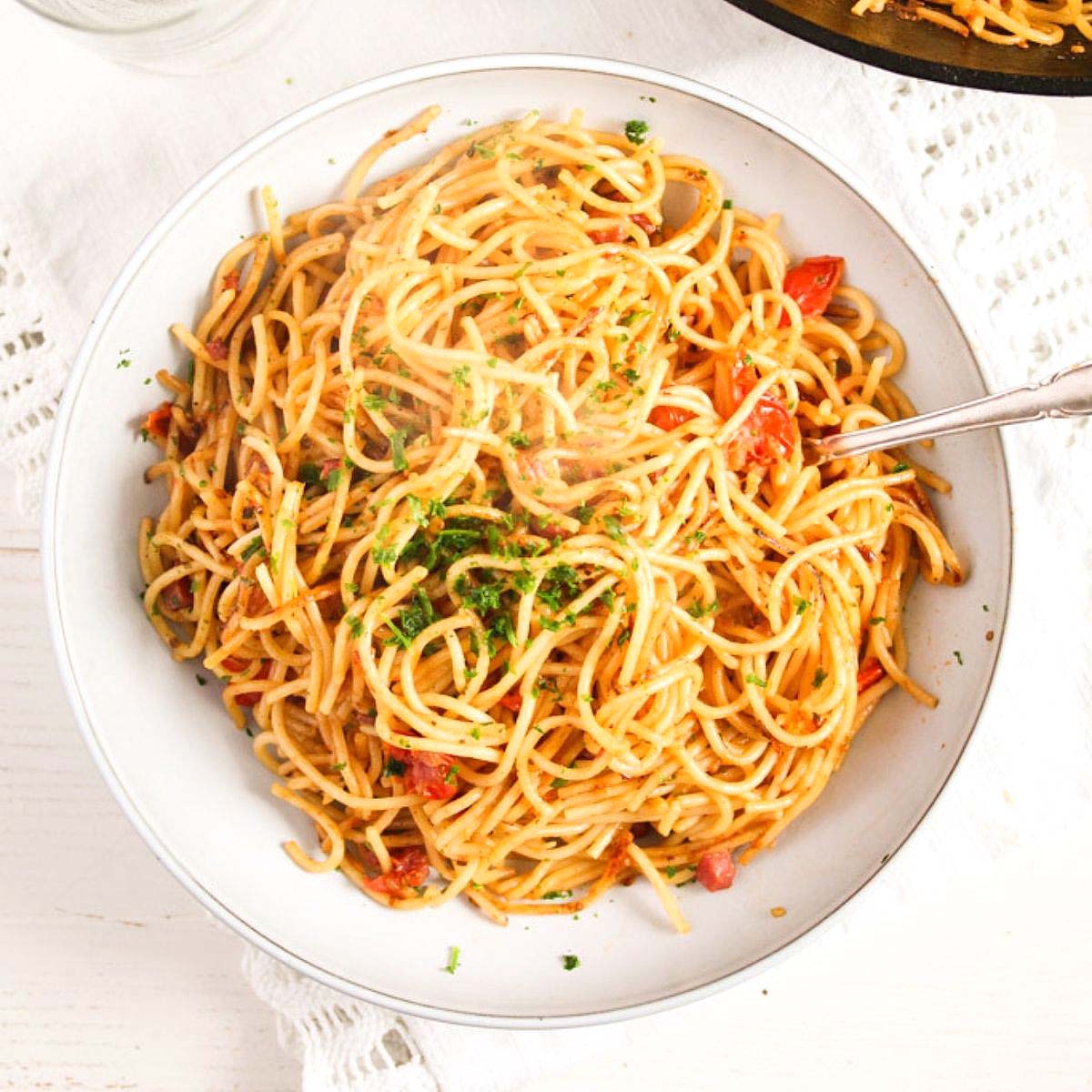
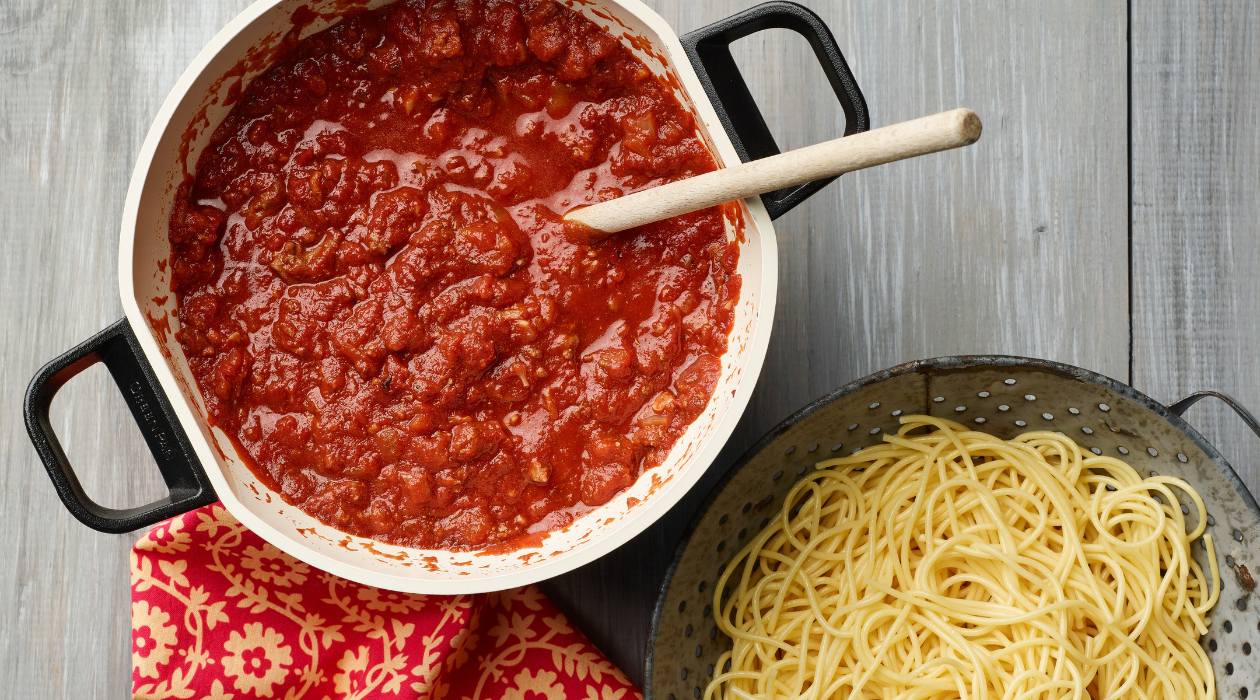

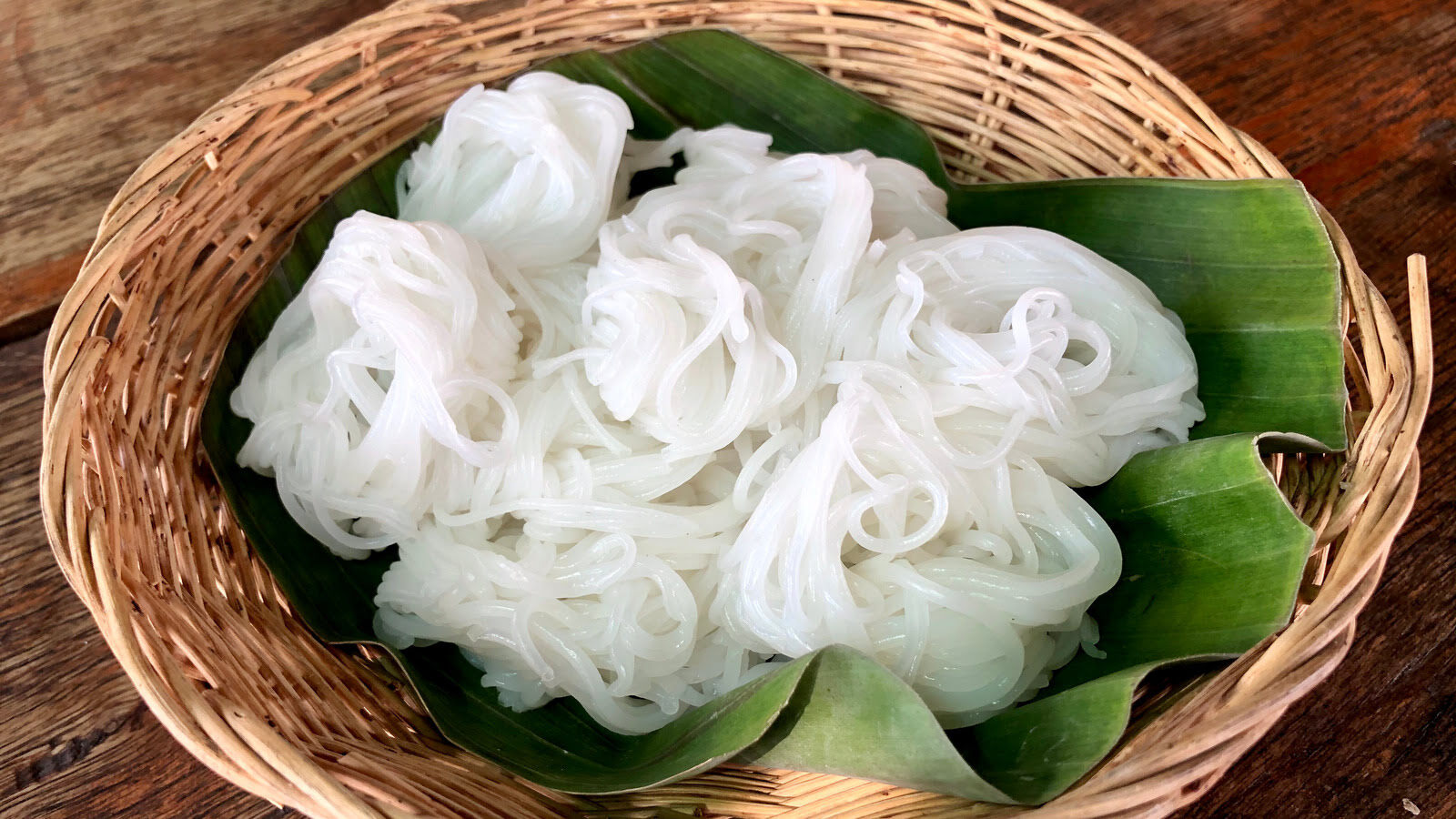
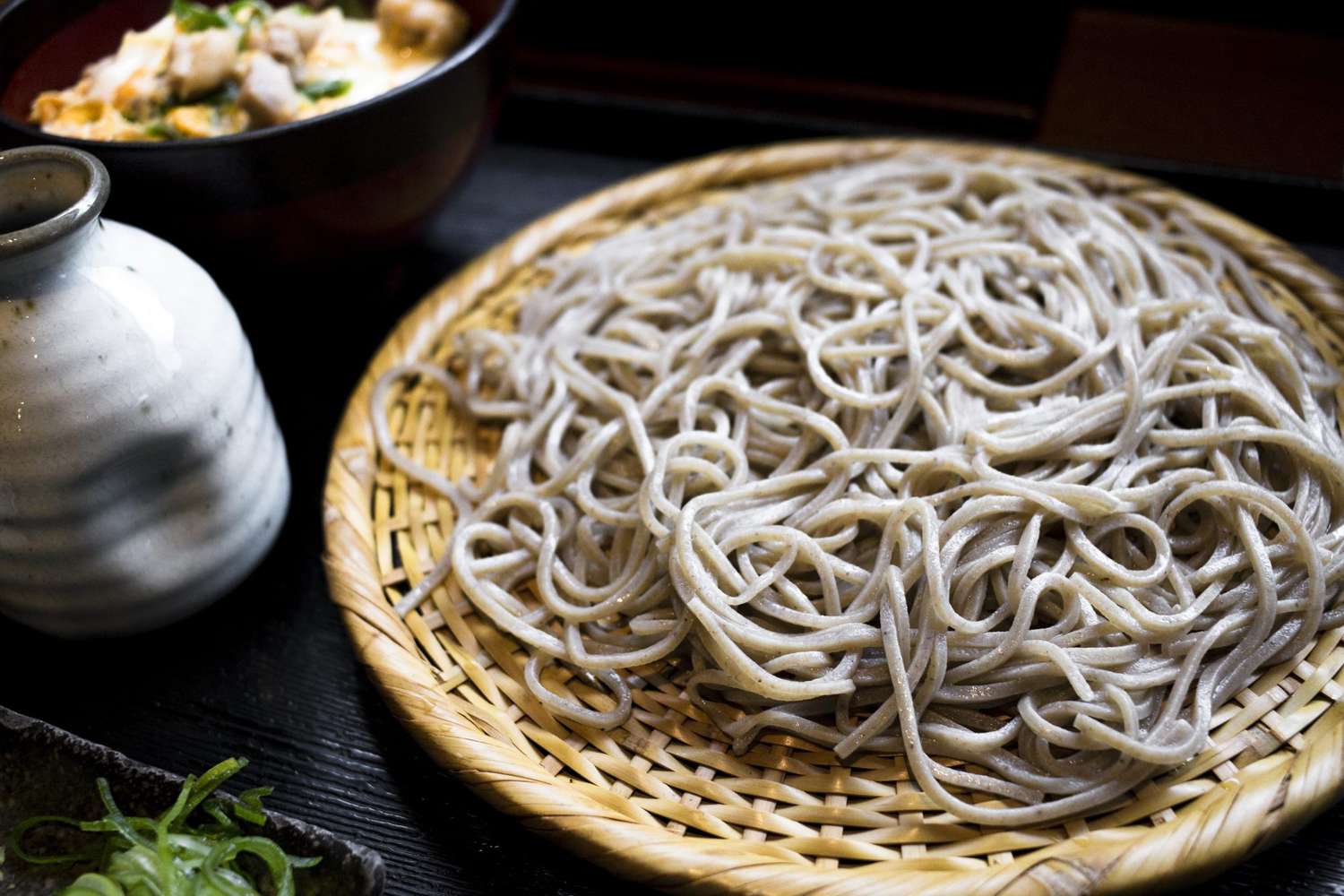
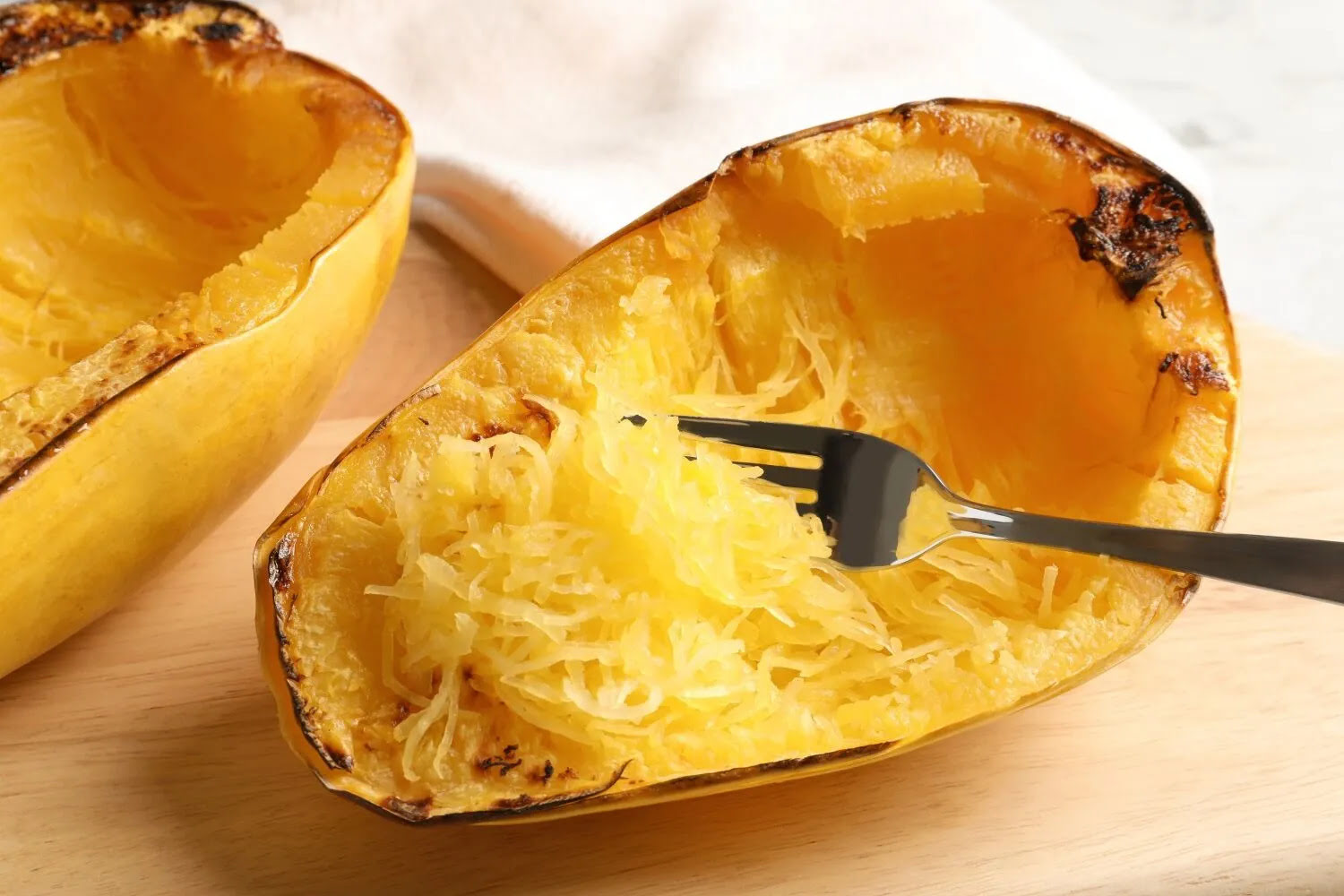
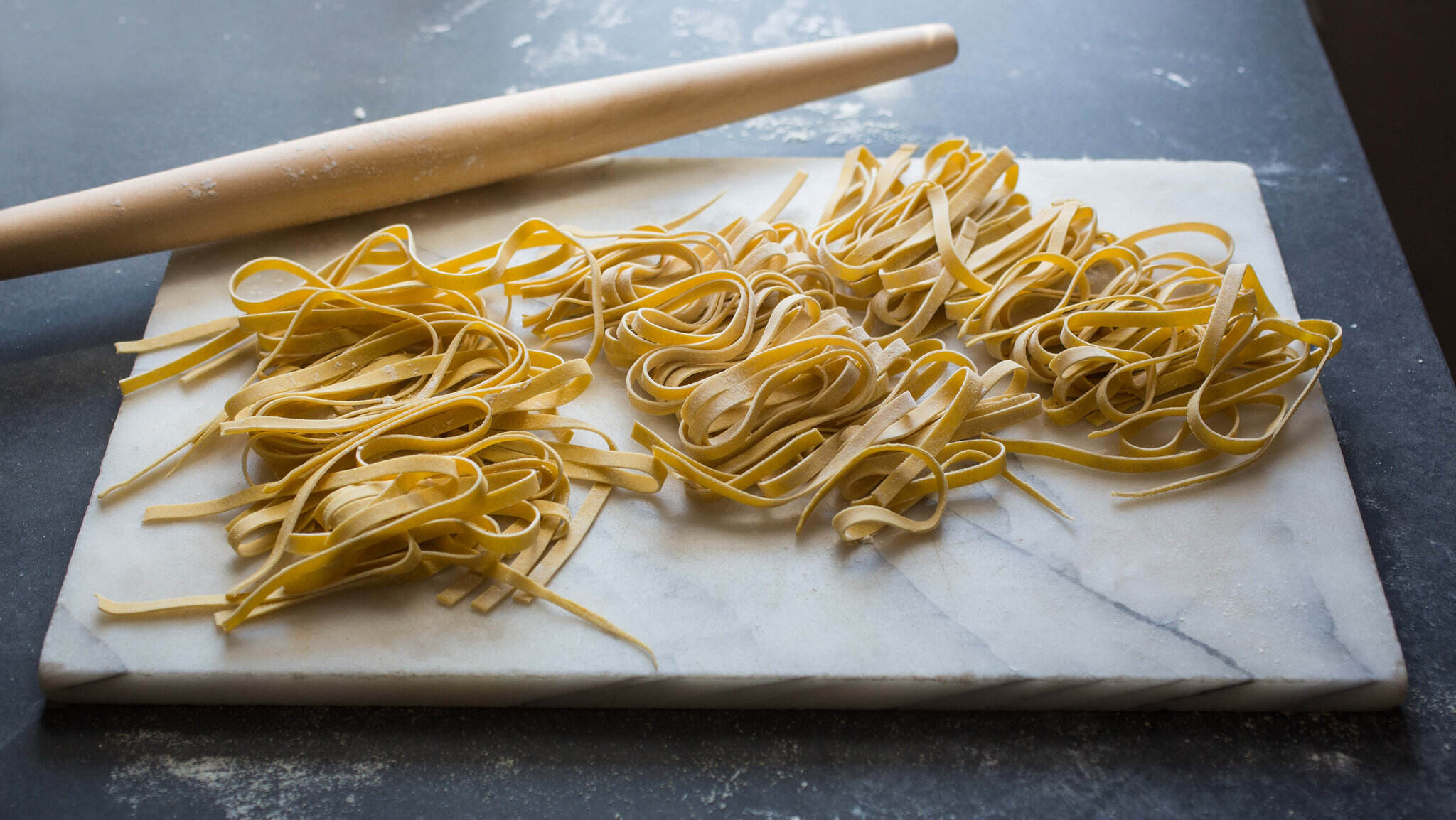
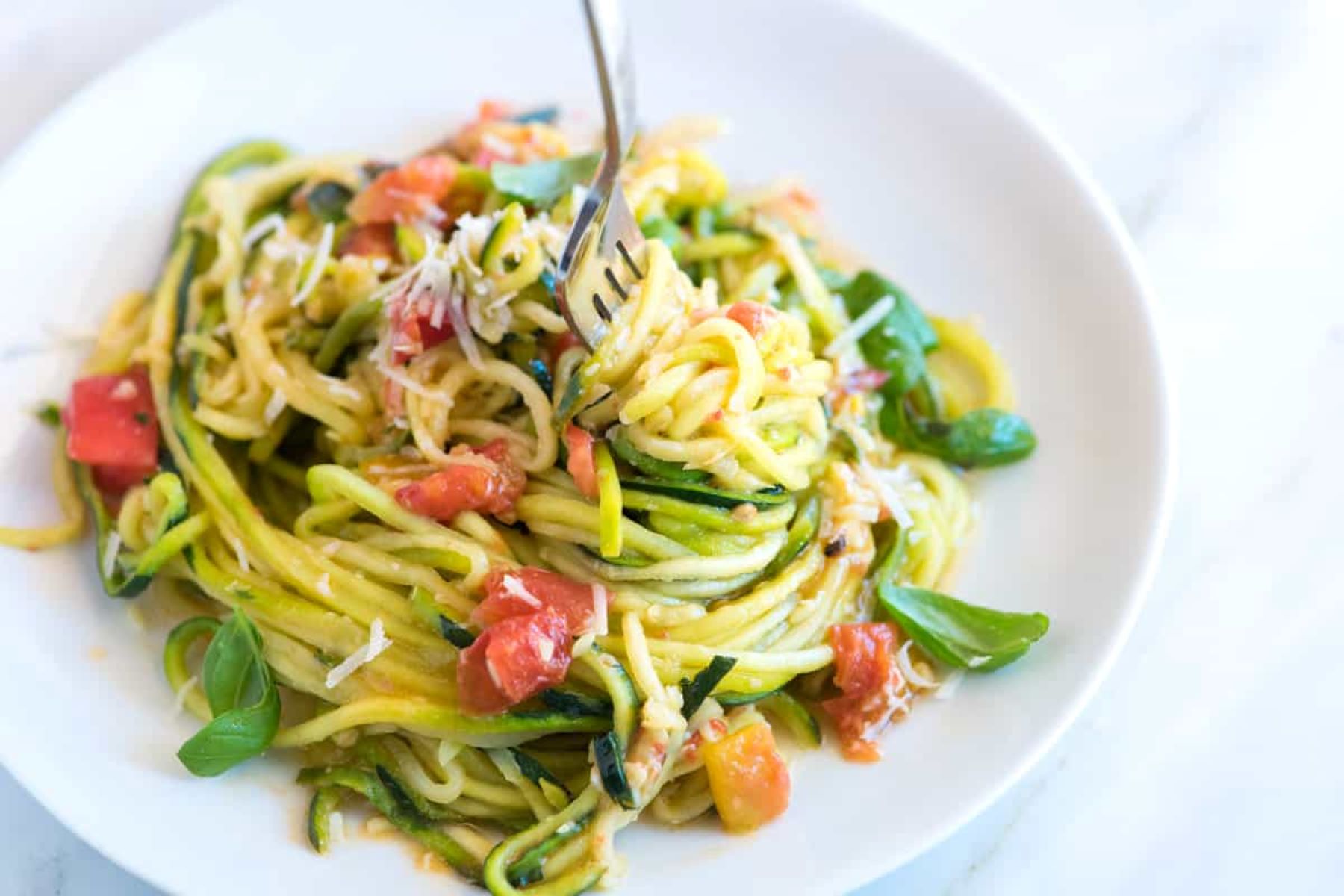
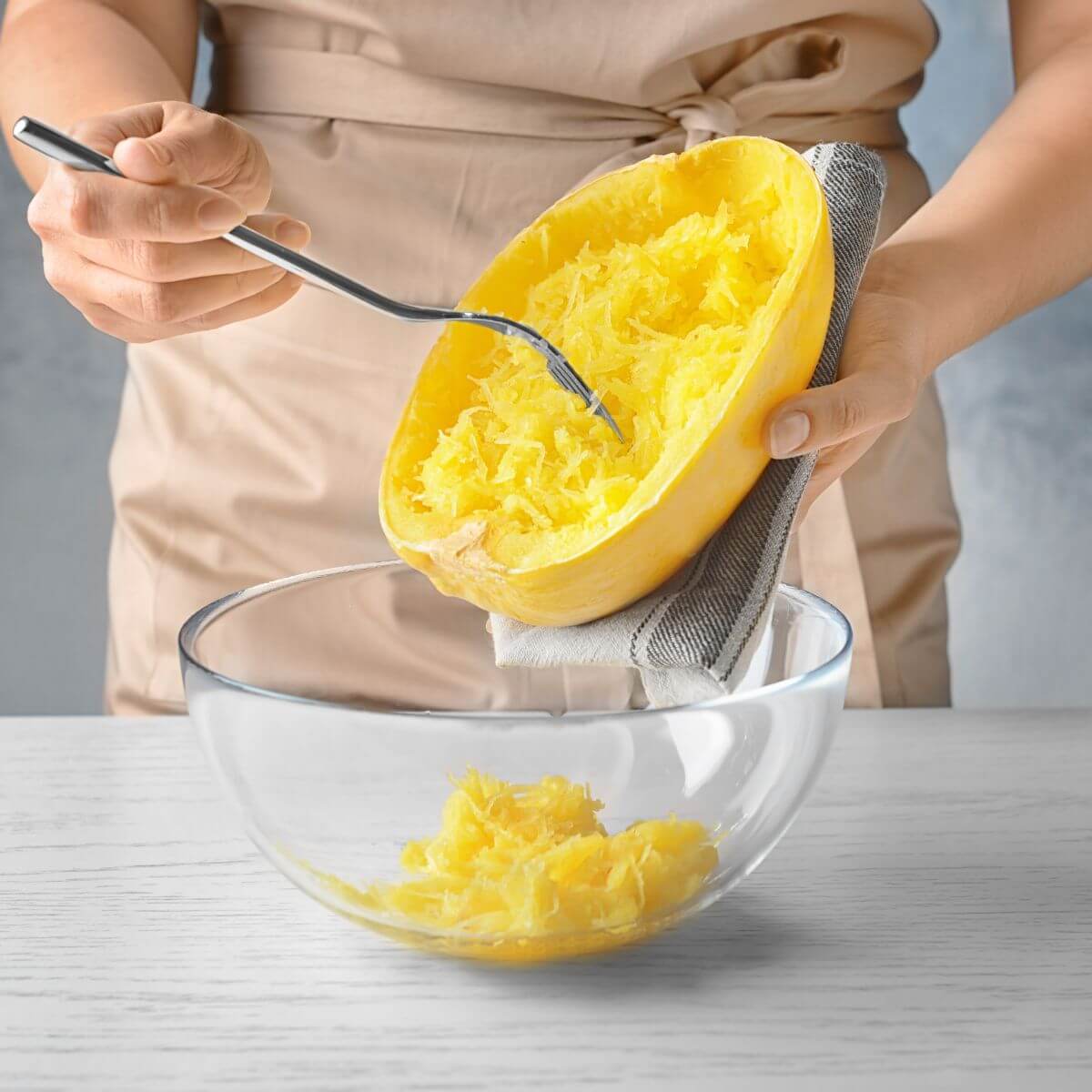
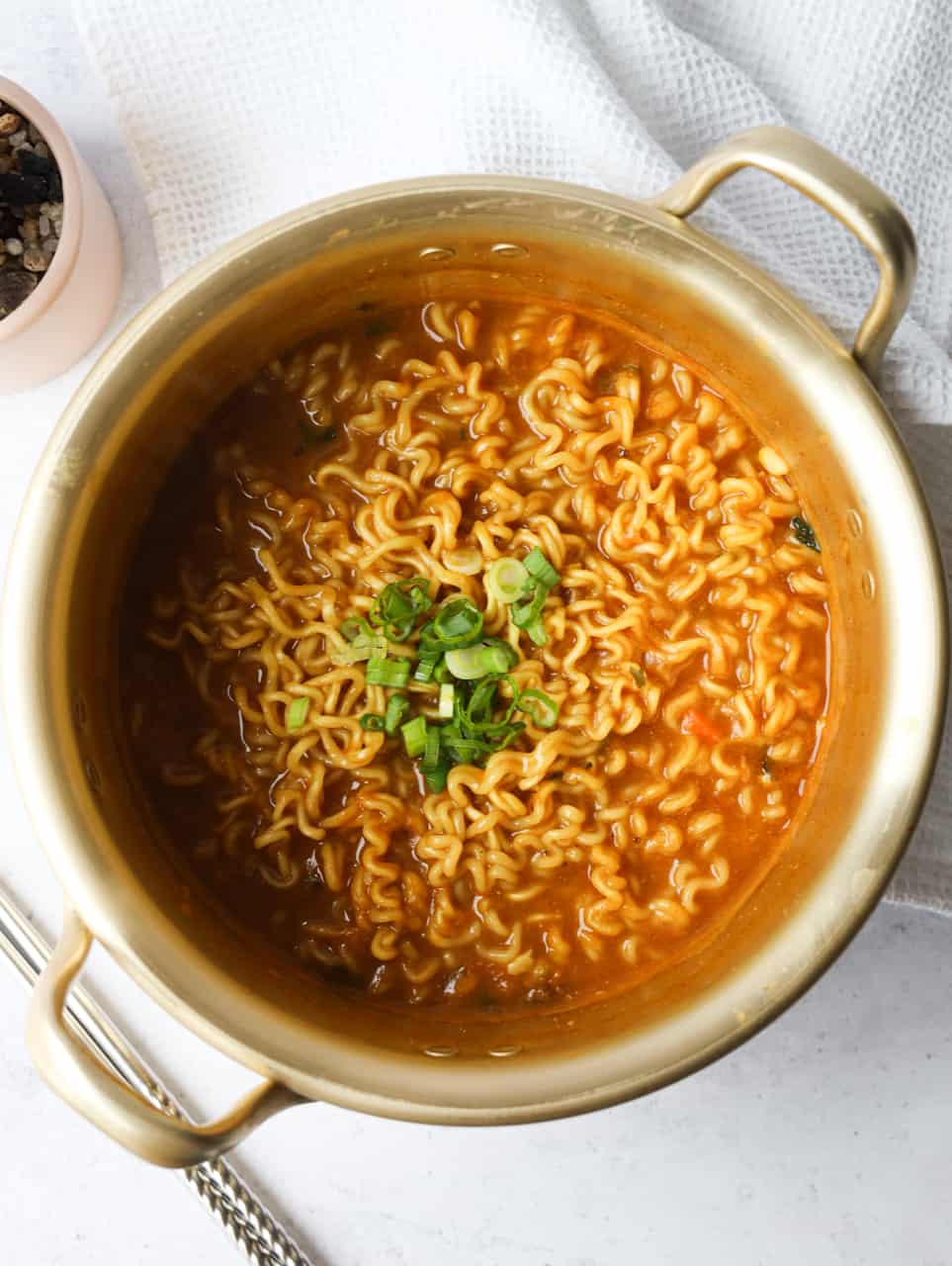
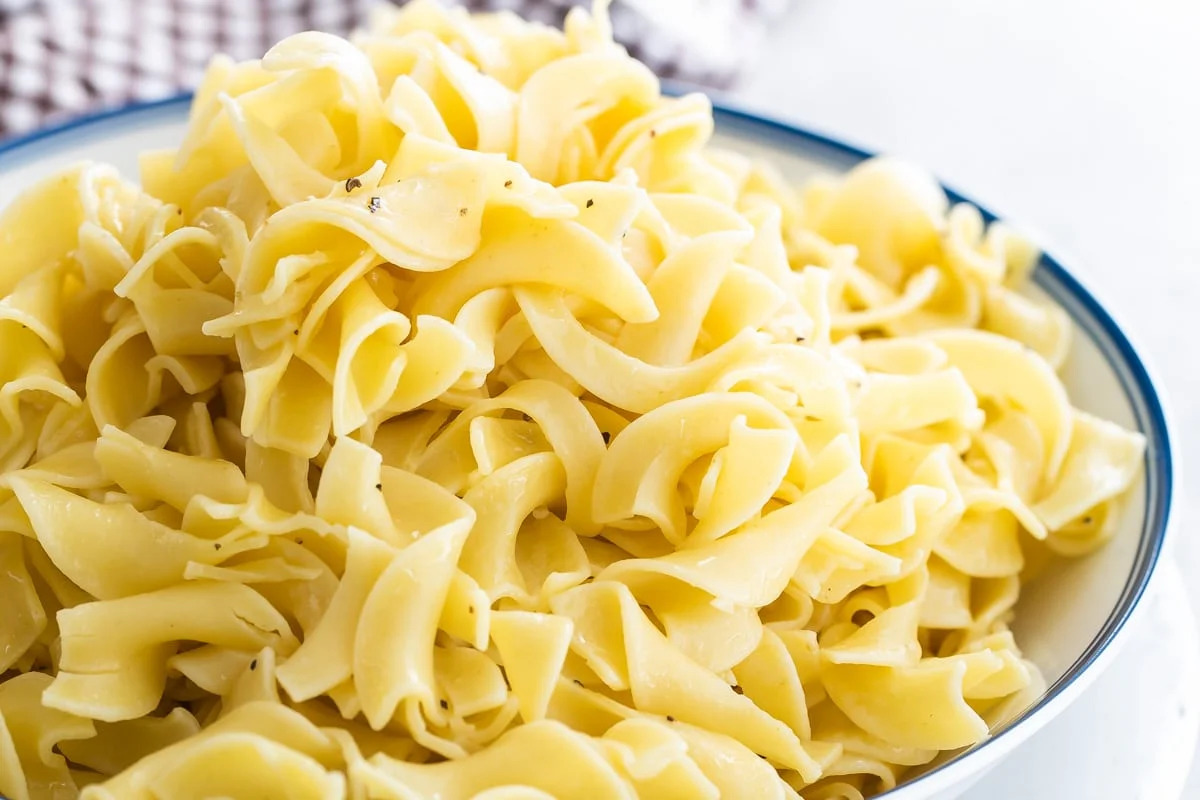
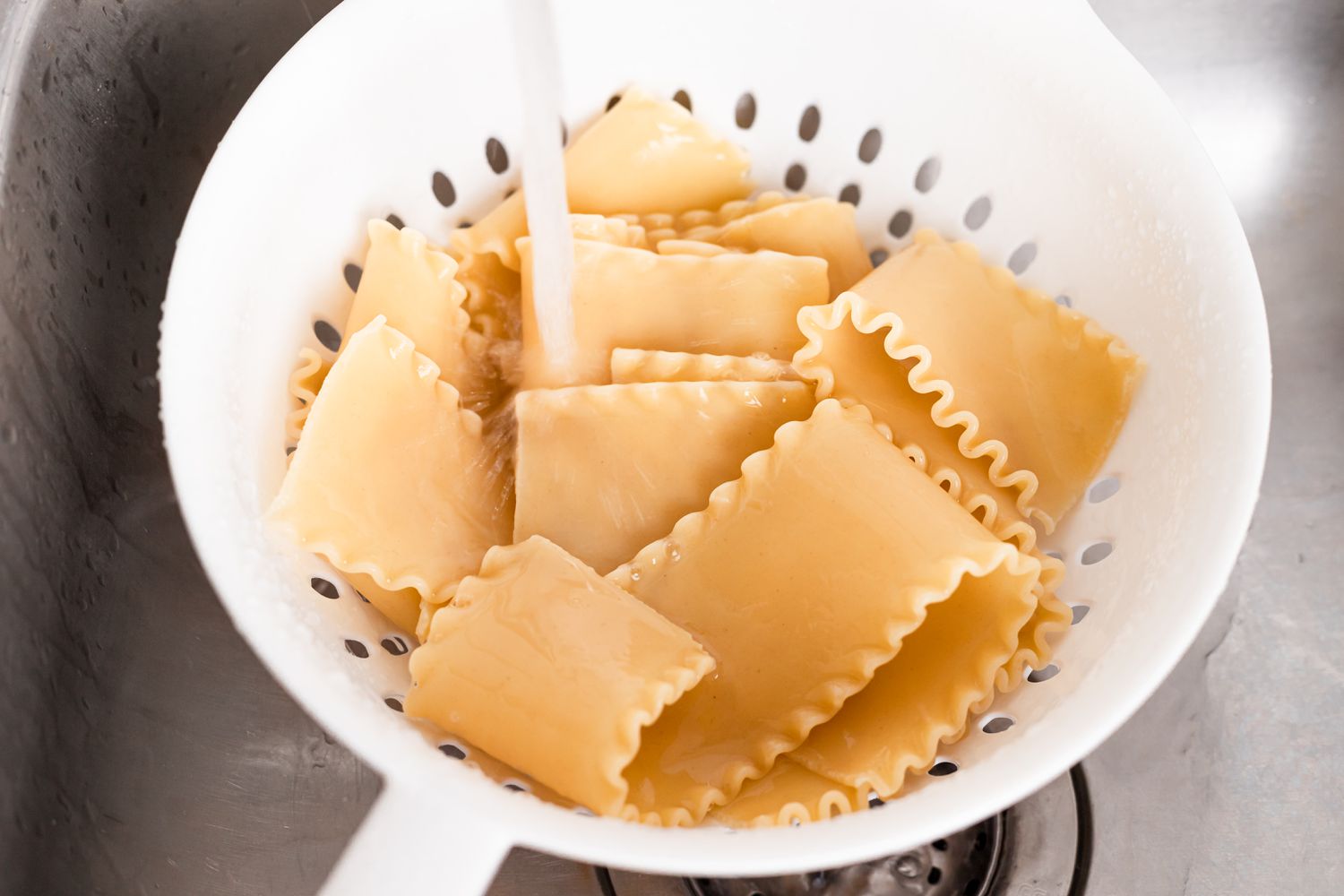

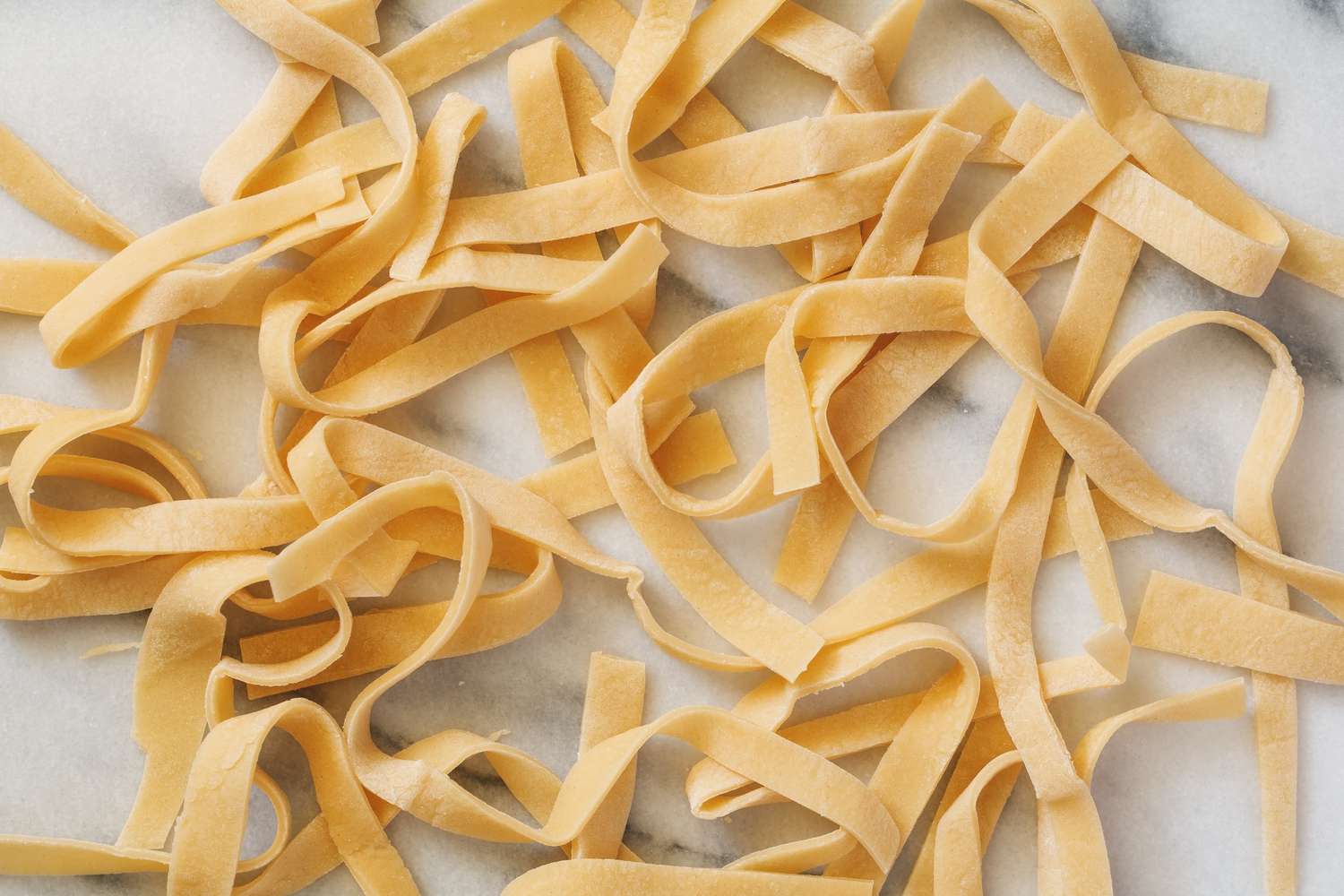

0 thoughts on “How To Store Spaghetti Noodles”